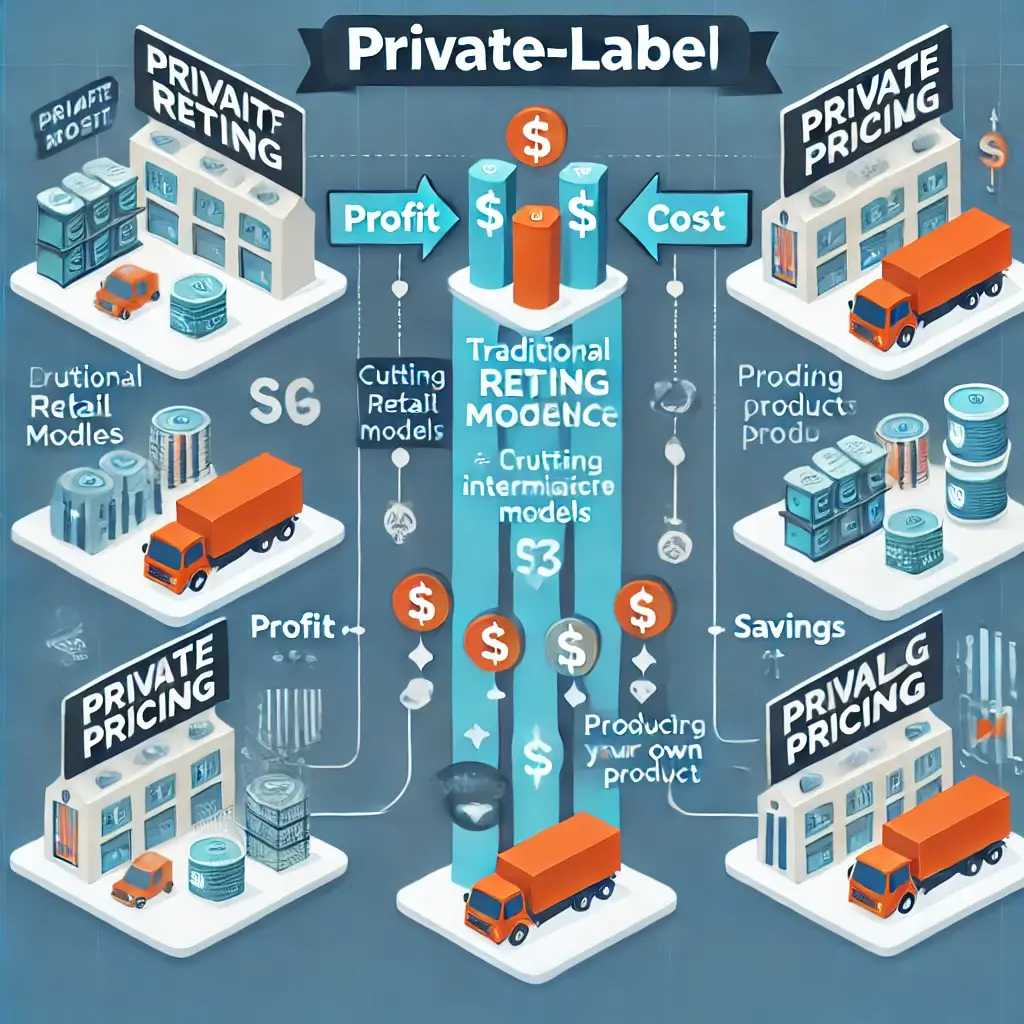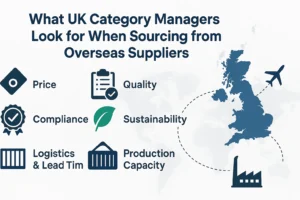Introduction
In the dynamic and fast-paced world of retail, innovation is crucial for staying competitive. Over the years, many retailers have pivoted from solely selling products made by manufacturers to developing their own private-label or exclusive product lines. This strategic shift isn’t just a fleeting trend—it’s a calculated move to meet specific business goals and cater to evolving consumer needs.
But why are retailers making this move? Let’s explore the four primary reasons why retailers develop their own products or lines of products.
1. Meeting Specific Customer Demands
The primary motivator for retailers to develop their own product lines is the need to satisfy specific customer demands. In many instances, retail buyers struggled to find the right combination of style, fit, and price for their target audience. By creating their own lines, retailers can tailor products exactly to their customers’ desires, ensuring a higher likelihood of sales success.
Imagine walking into a store and not finding any clothes that fit your style. This happens when retailers rely solely on external manufacturers whose offerings may not align with the latest trends or customer preferences. Having control over product development allows retailers to design products specifically for their clientele, creating a more personalized shopping experience.

2. Fashion Exclusivity: Stand Out from the Competition

One of the most powerful tools in a retailer’s arsenal is fashion exclusivity. This refers to offering unique merchandise that can’t be found in any other store. Fashion exclusivity provides a competitive advantage, setting retailers apart from their rivals and giving customers a reason to choose their store over others.
Customers often crave items that are distinctive and unique. It’s not uncommon to overhear customers say, “Everything in the mall looks the same,” which is why fashion exclusivity is so attractive. It allows customers to purchase items that they won’t see on someone else, reinforcing brand loyalty and elevating the customer experience.
This exclusivity can also be location-based, with some retailers offering limited collections only in certain geographic areas.
3. Higher Profit Margins: Boosting Retailers’ Bottom Line
Profitability is at the heart of any successful retail strategy. By developing their own products, retailers can increase profit margins by cutting out intermediaries and working directly with manufacturers or their own production facilities.
In traditional retail, retailers purchase products from manufacturers at a wholesale price and then mark them up to sell to consumers. However, by creating their own products, retailers have control over production costs, allowing them to offer more competitive pricing to customers while still enjoying a higher profit margin.
This approach is a win-win for both the retailer and the customer: retailers make more money on each item sold, while customers enjoy lower prices compared to nationally branded products.

4. Faster Lead Times: The Rise of Fast Fashion
In today’s fast-paced fashion landscape, speed is essential. Fashion trends come and go in the blink of an eye, and retailers that cannot keep up will quickly fall behind. Developing in-house products allows retailers to control the supply chain, cutting down on lead times between design and delivery.
This ability to bring new products to market quickly has given rise to the concept of fast fashion—where retailers react almost instantly to new trends. By reducing the lead time between concept and store shelf, retailers ensure their customers always have access to the latest styles, keeping them ahead of the curve.
Faster lead times also allow retailers to test smaller collections and gauge customer response before committing to larger production runs, minimizing the risk of excess inventory.
Conclusion
Retailers developing their own product lines is more than just a trend; it’s a business strategy designed to enhance customer satisfaction, increase profit margins, and stay relevant in a fast-moving market. By meeting specific customer demands, offering exclusive products, improving profit margins, and speeding up production times, retailers have found a recipe for success.
As the retail landscape continues to evolve, we can expect to see more brands embracing this approach to maintain a competitive edge.
Contact Information: Interested in learning more or in need of professional sourcing and production support? Contact me at antor@antor.xyz or visit my website https://antor.xyz.






